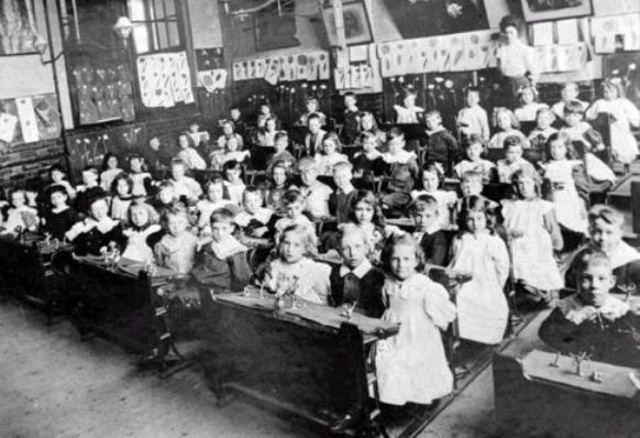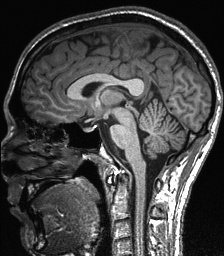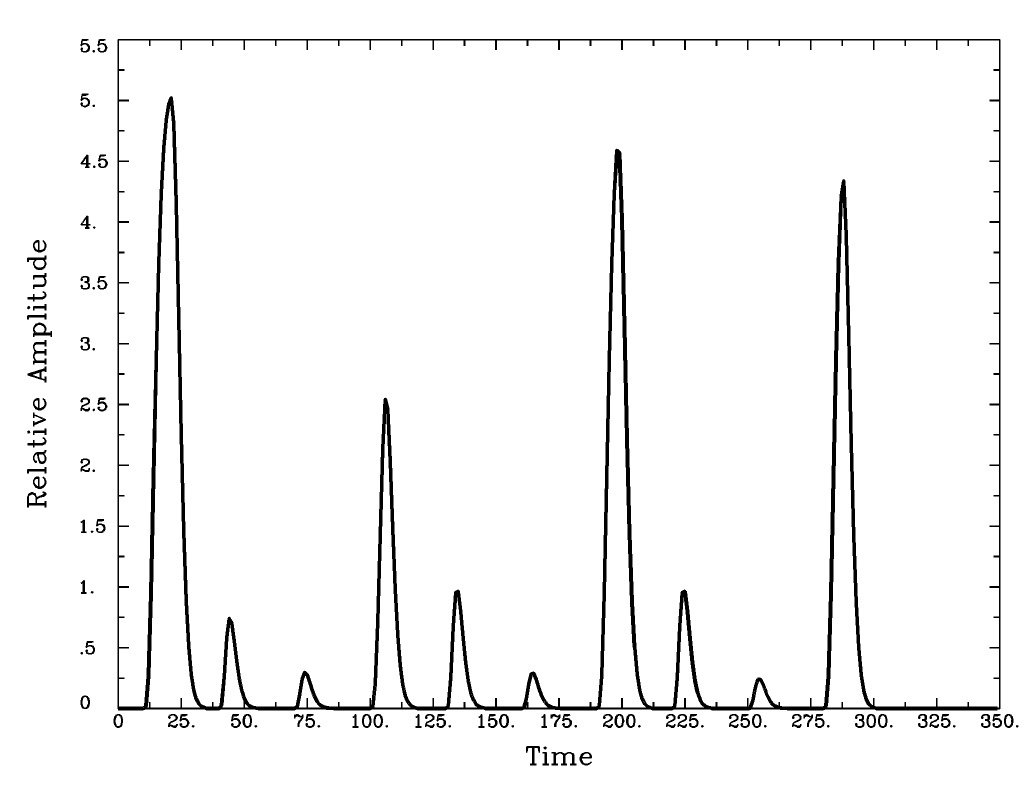Billings Clinic
Billings, Montana | January 20, 2019





2006
2010-2013
2014
2015
2016-2020
Modeling the Reading the Brain
Using "Bench" Science to Address Clinical Problems
My talk
- The Observation
- The Plan
- The Study
- Moving Forward

The Observation


130+ years later

- Diagnosis is only based on history and experience
- No agreed upon tests
- No quantitative measures/biomarkers
- It's more complicated than just reading
- Serious methodology problems
Needs
- Defined approach with objective measures
- Enable detection, dx, triage, and grading
- Widely deploy these measures
- Personalized therapy
To support that we need:
- Establish behavioral model and neuroetiology
- Quantitative characterization for predictive framework
The Plan
The Plan: Defining Neuroetiology
Cross-sectional Design
- Healthy (n = 75) vs. Diagnosed (n = 75)
- Controlled for development, education, language
- Ideally, reading ability


The Plan: Behavioral Model
f_x(Fixation\,Duration) =Text_{features} + Dx + Dx_{sub}
The Plan: Behavioral Model

f_x(Fixation\,Map) = Picture\,predictability + Dx + Dx_{sub}
The Plan: Behavioral Model
f_x(Correct\, Answers) = Dx + Dx_{sub}
small
smoll
LexTale
The Plan: Quantitative Characterization

Structural MRI

f_{x}(Structure) = Behavior_{read} + Dx

Eye tracking





Part. 1
Part. 2
Part. n
...
3D group T-test
The Plan: Quantitative Characterization

FIRE-fMRI
The Plan: Quantitative
Characterization


f_x(IQ) \neq Dx + D_{subgroup}
f_x(Fluency) = Dx + D_{subgroup}
f_x(Phonology) = Dx + D_{subgroup}
The Study
The Study: Current State
Data to date:
- 25 Dx participants
- 6 healthy participants (14 more to write dissertation)
- More weekly thanks to UAC

Moving Forward
Billings Clinic
Billings, Montana | January 20, 2019
Benjamin T. Carter | (434) 962-1339
https://www.linkedin.com/in/bentcarter/
Reddit: aLiterateApe
Twitter: aReadingApe